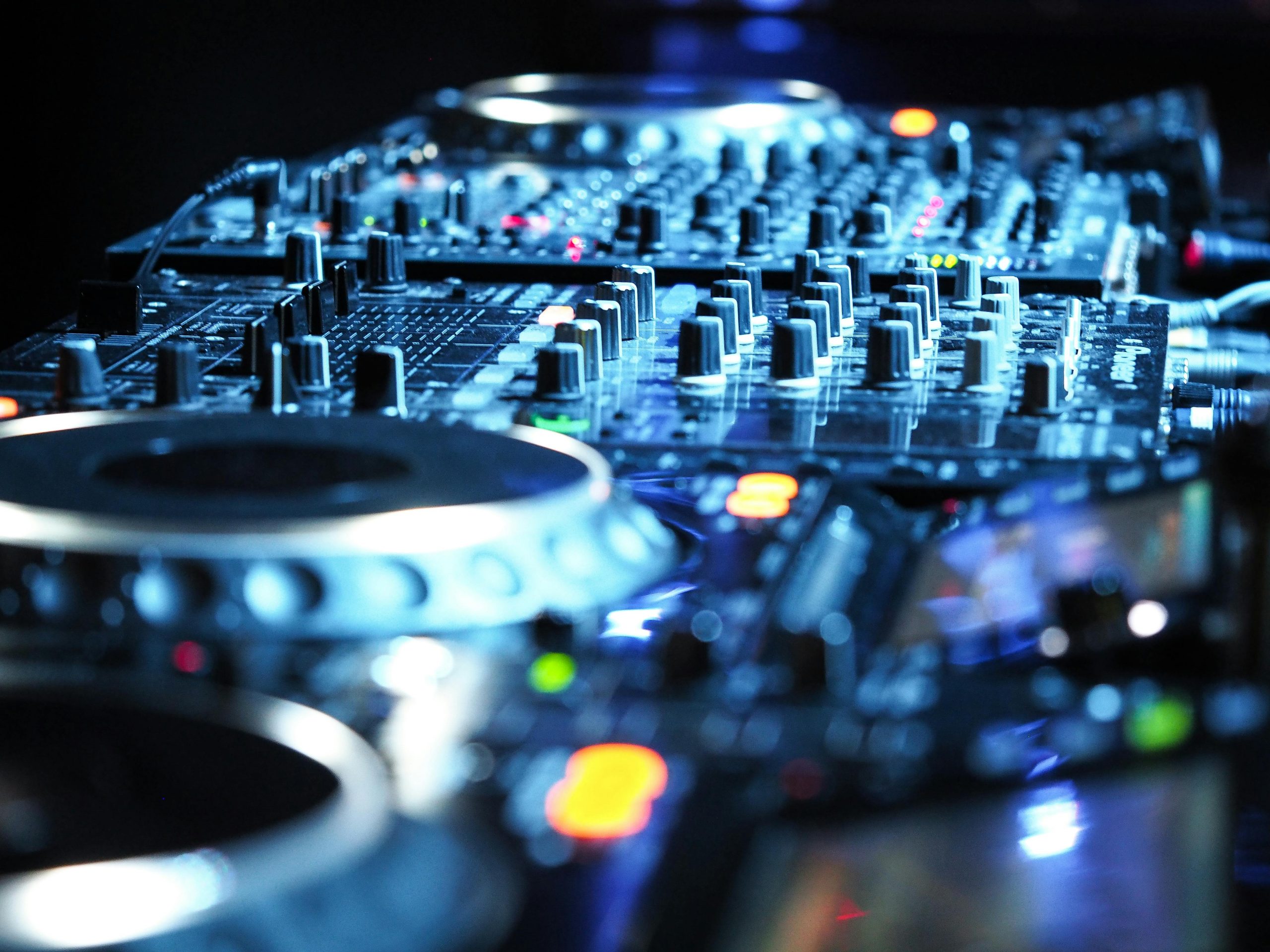
Digital amplifiers, also known as Class-D amplifiers, are a modern solution to amplify audio signals with efficiency and precision. Unlike traditional analog amplifiers that modulate continuous signals, digital amplifiers function by transforming the audio stream into a series of binary pulses, which modulate continuous signals. At the output step, these pulses are subsequently amplified and reconfigured back into an analog signal.
What Is a Digital Amplifier?
A digital amplifier is an electronic device that amplifies audio signals using digital technology. Also referred to as a “Class-D Amplifier”, these tools work by converting analog audio signals into digital format for efficient processing and amplification with minimal distortion.
Digital amplifiers are known for their efficiency, fidelity, and advanced features including digital signal processing (DSP) capabilities. With the use of equalization, crossover settings, and other audio upgrades, users may precisely manage the audio stream and customize the sound to their tastes thanks to these DSP functions. Essentially, these tools are a flexible and effective way to boost audio signals for a variety of uses, including professional audio settings and home entertainment systems.
Browse digital amplifiers here
How Does a Digital Amplifier Work?
A pulse-width modulation (PWM) circuit is the brains behind a digital amplifier. This circuitry produces a pulse train whose breadth fluctuates in response to the magnitude of the input audio signal by quickly switching the output transistors between fully on and fully off states. The amplifier efficiently regulates the power sent to the speakers by changing the width of these pulses.
One of the main advantages of digital amplifiers is their exceptionally high efficiency. Digital amplifiers squander extremely little power as heat since the output transistors are either fully on or totally off, in contrast to analog amplifiers that release a large amount of power as heat. In addition to lowering power consumption, this efficiency enables the creation of lighter, more compact amplifier designs.
In addition, digital amplifiers offer excellent audio fidelity. They can faithfully reproduce the input audio signal with minimal distortion and noise by utilizing advanced modulation techniques and sophisticated feedback mechanisms, which makes them ideal for high-fidelity audio applications.
Analog-to-Digital Control Techniques
Analog-to-digital control techniques facilitate the conversion of analog audio signals into digital representations, enabling precise manipulation and amplification. These techniques allow for finer control over parameters such as pulse width, frequency, and servo mechanisms. This ultimately results in optimized audio fidelity, efficiency, and customization options.
Let’s explore some of the specific analog-to-digital control techniques involved in digital amplifiers:
Analog-to-Digital Servo
Servo systems are motor systems that can be used to position the component being driven by the motor. The servo motor performs this function by producing a feedback signal voltage of its own while being manipulated by the test voltage. When the motor reaches the position dictated by the value of the test voltage, the feedback voltage cancels, or nulls, the test voltage to stop the motor. Each test voltage level causes the motor to position the potentiometer at a different place to produce an equal but opposite null voltage. In addition, the motor’s shaft drives a series of drum wheels, like a car’s odometer, with digital readouts to match the servo’s positions.
Analog-to-Digital Frequency Control
Analog-to-digital frequency control is a technique used to manipulate audio signal frequencies through digital means. It involves converting the analog frequency information of the input signal into digital form, allowing for precise adjustment and optimization of the frequency response. By digitally controlling the frequency characteristics, such as adjusting bass or treble levels, analog-to-digital frequency allows audio users to adjust the sound output to specific preferences or requirements with exceptional accuracy and flexibility.
Analog-to-Digital Pulse Gate Control
Analog-to-digital pulse gate control is used to regulate the pulse width of the output signal through digital manipulation. By converting analog pulse width information into digital format, this technique allows for exact control over the timing and duration of the signal pulses. This precise manipulation ensures efficient power delivery to the speakers, limiting distortion and maximizing audio fidelity, while also enabling advanced features such as dynamic range compression and speaker protection mechanisms.
Analog-to-digital pulse gate control can also establish a basic fixed oscillator frequency and pulse count availability, so that each pulse in a gate sampling will represent one digit, and the actual count of the number of pulses will be the actual digit value generated. This type of conversion doesn’t merely produce a digit that simulates the analog value; rather, it produces true digital values.
Optimize Your Test Equipment With Apex Waves
Apex Waves is your top distributor in system maintenance for obsolete NI hardware. With the largest inventory of calibrated and thoroughly tested mature and obsolete NI modules, we assist end users in maintaining the functionality of their legacy systems for as long as possible. Explore our products and contact us to request a quote today!
Frequently Asked Questions
What are the advantages of using a digital amplifier?
The advantages of using a digital amplifier include high efficiency, compact size, and advanced features such as digital signal processing.
Are digital amplifiers suitable for high-fidelity audio applications?
Yes, digital amplifiers are suitable for high-fidelity audio applications because of their ability to reproduce audio signals with minimal distortion and noise.
How do digital amplifiers handle different types of audio signals, such as music, speech, and low-frequency effects (LFE)?
Digital amplifiers handle different audio signals by digitally manipulating parameters such as frequency response and dynamic range to optimize performance for various content types.
What factors should I consider when choosing a digital amplifier for my audio system?
When choosing a digital amplifier for your audio system, consider the power output, impedance matching, connectivity options, and compatibility with other audio equipment.
Do digital amplifiers require any special setup or calibration?
Digital amplifiers may require special setup or calibration procedures, such as configuring crossover settings and speaker placement.







